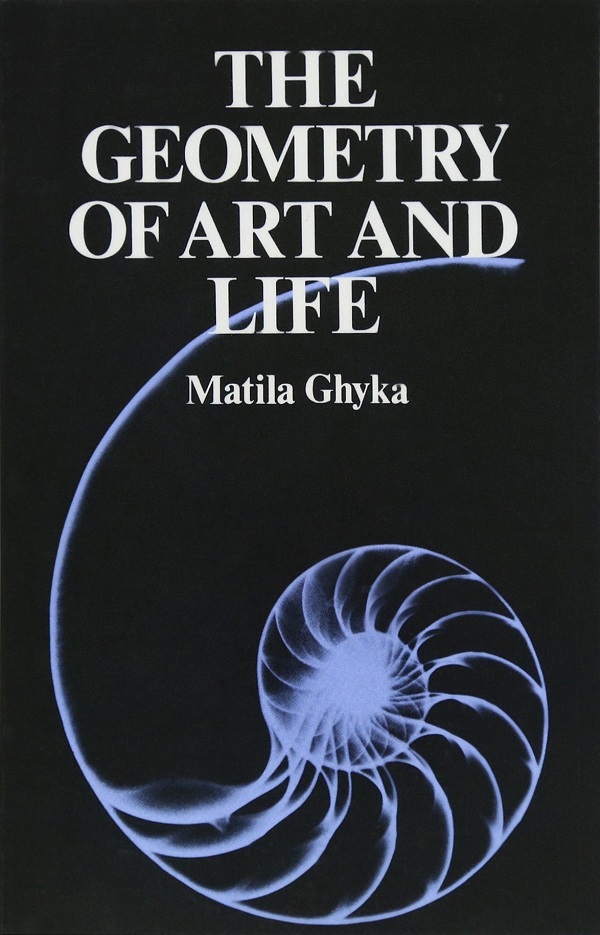The Geometry of Art and Life

The Geometry of Art and Life
Beginning with ideas from Plato, Pythagoras, Archimedes, Ockham, Kepler, and others, the author explores the outlines of an abstract science of space, which includes a theory of proportions, an examination of the golden section, a study of regular and semi-regular polyhedral, and the interlinking of these various shapes and forms. He then traces the transmission of this spatial science through the Pythagorean tradition and neo-Pythagorism, Greek, and Gothic canons of proportion, the Kabbala, Masonic traditions and symbols, and modern applications in architecture, painting, and decorative art. When we judge a work of art, according to his formulation, we are making it conform to a pattern whose outline is laid down in simple geometrical figures; and it is the analysis of these figures both in art and nature that forms the core of Professor Ghyka's book. He also shows this geometry at work in living organisms. The ample illustrations and figures give concrete examples of the author's analysis: the Great Pyramid and tomb of Rameses IV, the Parthenon, Renaissance paintings and architecture, the work of Seurat, Le Corbusier, and flowers, shells, marine life, the human face, and much more.
For the philosopher, scientist, archaeologist, art historian, biologist, poet, and artist as well as the general reader who wants to understand more about the fascinating properties of numbers and geometry, and their relationship to art and life, this is a thought-provoking book.
![]() 24-48h
24-48h
PRP: 74.61 Lei
Acesta este Pretul Recomandat de Producator. Pretul de vanzare al produsului este afisat mai jos.
67.15Lei
67.15Lei
74.61 LeiIndisponibil
Descrierea produsului
Beginning with ideas from Plato, Pythagoras, Archimedes, Ockham, Kepler, and others, the author explores the outlines of an abstract science of space, which includes a theory of proportions, an examination of the golden section, a study of regular and semi-regular polyhedral, and the interlinking of these various shapes and forms. He then traces the transmission of this spatial science through the Pythagorean tradition and neo-Pythagorism, Greek, and Gothic canons of proportion, the Kabbala, Masonic traditions and symbols, and modern applications in architecture, painting, and decorative art. When we judge a work of art, according to his formulation, we are making it conform to a pattern whose outline is laid down in simple geometrical figures; and it is the analysis of these figures both in art and nature that forms the core of Professor Ghyka's book. He also shows this geometry at work in living organisms. The ample illustrations and figures give concrete examples of the author's analysis: the Great Pyramid and tomb of Rameses IV, the Parthenon, Renaissance paintings and architecture, the work of Seurat, Le Corbusier, and flowers, shells, marine life, the human face, and much more.
For the philosopher, scientist, archaeologist, art historian, biologist, poet, and artist as well as the general reader who wants to understand more about the fascinating properties of numbers and geometry, and their relationship to art and life, this is a thought-provoking book.
Detaliile produsului








